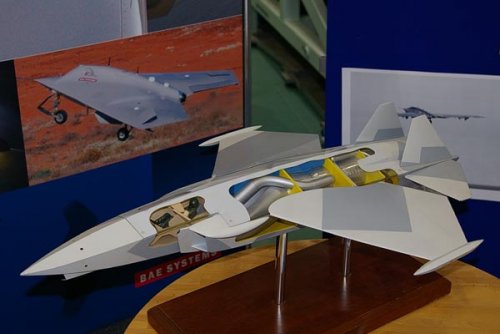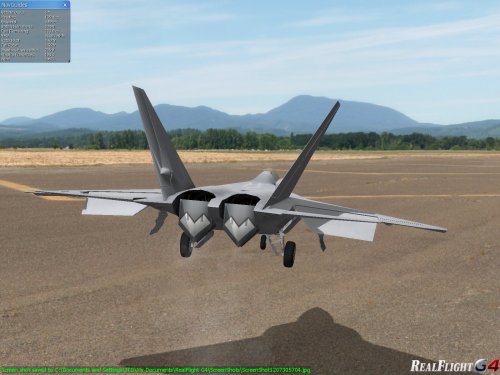The Defense Advanced Research Projects Agency (DARPA) began a program in 1983 to begin looking at the technologies available to design and manufacture a follow-on supersonic replace for the AV-8 Harrier. The program, known as ASTOVL, would eventually lead become a joint U.S.-U.K. collaboration.
The Advanced Short Takeoff Vertical Landing (ASTOVL) Program started as a joint research and technology effort in 1983 between the US DoD and the UK Ministry of Defense (MoD). Its aim was to support the eventual development of a supersonic STOVL strike fighter. Four powered lift concepts were selected for initial study, and preliminary assessments were performed in 1985. Further studies indicated that none of the original four concepts were completely suitable. However with the projected thrust available from the F-119 engine then in advanced development, two revised evolutions of these four concepts showed significant promise. These were the Shaft Driven Lift Fan (SDLF) and the Gas Coupled Lift Fan (GCLF).
In 1987 the results of the ASTOVL program made clear that the technologies available were not yet advanced enough to generate a replacement that the US and UK would have been satisfied with. At this time, DARPA secretly approached the Lockheed Skunk Works in the hopes that they would be able to develop an aircraft like they had hoped would have appeared from the first phase of ASTOVL.


